Most product management blogs focus on frameworks and tools, but great PMs are shaped just as much by their mindset, habits, and emotional intelligence. The tricky part is these are harder to build than learning how to write effective AI prompts. Oftentimes, these require a commitment to continuous learning and a willingness to prioritize your own development (which can be challenging).

To help you get started, this post breaks down five books that transformed my day-to-day life as a PM and helped shape my career trajectory. From these you can learn how to build your vision and purpose, self-awareness and trust, sustainable behavior change, and more. By the end, you’ll be able to take charge of your growth and put in place actionable next steps.
Simon Sinek’s “Start With Why” emphasizes that true influence and leadership begin with clarity of purpose. The core idea of the book is that “People follow purpose, not just plans.” As a product manager, this means framing your work around the “why” — not just detailing tasks or features:
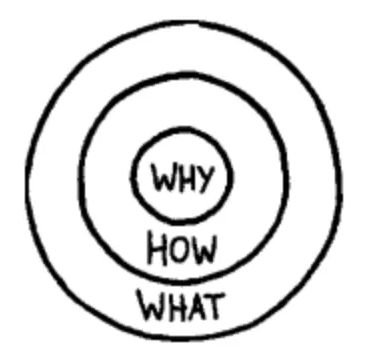
When writing your PRDs (product requirement document) open with a clear rationale that helps teams connect emotionally and strategically. Explaining the what and how makes your goal clear, but to be able to convince the team to build a good product you need to explain to them why you want to do it in the first place.
Use the same process for aligning roadmaps with your product’s vision — what, how, and why. Sinek’s book helps you understand how to gain stakeholder buy-in by explaining value, not just tasks.
For example, in one project, my project plan was dismissed for lacking clarity and the data I shared didn’t convince the team to start it. For me, I defined every little detail — I had the requirements ready, implementation looked promising, and the roadmap was clear and well prepared.
While I was explaining the project again I realized the problem, they understood what we were building and how. The missing point was “why.”
And then I reworked the pitch to lead with the “why”— highlighting the user impact and strategic fit. This simple shift turned the idea into a cross-functional priority. More importantly they took ownership of the business and helped develop it with passion.
I realized what Simon means by inspiring people: “This is a book for those who want to inspire others and for those who want to find someone to inspire them.” As a product manager, you’re responsible for inspiring teams by showing them the customer problems, bottlenecks, and new opportunities.
On the contrary many PMs focus on efficiency, delivery and deadlines. That may help you finish the projects on time but without inspiration, trust, and long-term engagement from the team. When teams know why they’re building something, they take more ownership and make smarter decisions along the way.
The why mindset also increases cross-functional collaboration such as developers, product owners, designers, internal business teams, and other stakeholders. As a PM I know your biggest problem with those stakeholders is aligning on the priorities. With a strong “why” your job will be much easier and you’ll see the difference in how their efforts contribute to a bigger purpose, making alignment easier.
Thanks to Simon, I always start my first project meetings with five to ten minutes about why we’re here in this meeting. It decreases questions and increases the count of active attendees in the meeting visibly.
The Arbinger Institute’s “Leadership and Self-Deception” book explains the biggest barriers to become an effective leader. And they aren’t external, where you can go around and find a solution — they’re internal.
If you start justifying your actions to yourself, you start to see others not as people with needs, pressures, and goals, but as problems, interruptions, or sources of frustration. This mindset shift — called “being in the box” — creates a cycle of self-justification, blame, and disconnection that undermines both collaboration and trust:
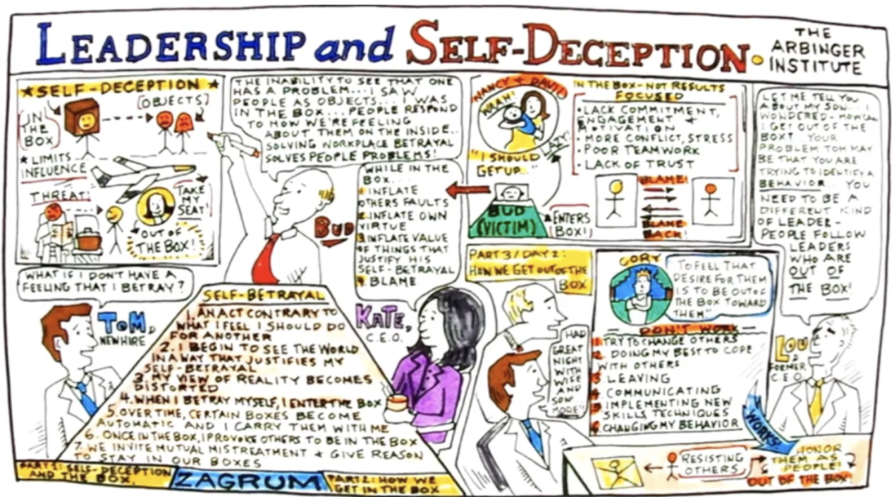
As a PM you work under pressure: deadlines, market need shifts, roadmap priority changes, etc. And under that much pressure it’s easy to fall into the trap of self-deception — especially during high-pressure moments like project release dates or roadmap discussions.
In those times, you need to focus on seeing teammates as your partners, not an obstacle. Only then can you get honest feedback, create deeper empathy, and build stronger team spirit.
When PMs shift from defensiveness to curiosity and from blame to understanding, it builds a culture of psychological safety. And teams with psychological safety don’t just deliver — they thrive.
While I was reading the book, there was an engineer I encountered firm resistance from that I’d worked with for months. To tell you the truth, I interpreted behaviors as pushback or disinterest. Roadmap or planning meetings had become a persuasion session where I presented more evidence to get the work done rather than why and how we do it.
As the book describes, my self-deception put me in “the box.” I realized I had stopped seeing them as a teammate with valid concerns and started treating them like a blocker. It was time to get out of the box. I scheduled a one-on-one and approached the conversation differently — asking what was worrying him, instead of defending the plan.
That one shift revealed deeper concerns about tech debt and team bandwidth. Addressing those together helped turn a standoff into a shared priority. I realized how a subtle shift in communication can rebuild trust with a skeptical engineer and create a visible impact in our outcomes together.
This book challenged me to look inward when facing friction. For PMs, the most powerful leadership tool isn’t persuasion — it’s presence. By stepping out of the “box,” you can lead more openly, collaborate more deeply, and build teams that feel seen, not managed.
As a product manager, one of the most transformative messages in Marty Cagan’s “Inspired” is that building great products isn’t about flawlessly executing a roadmap — it’s about consistently solving real user problems. PMs are pressured to deliver a list of features and the stress that accompanies this can put you in “the box” and lead to you skipping the “why” behind your features. This results in products that function but don’t resonate.
Cagan underlines that as a PM you need to be a value creator, not a task manager. Your main success lies in how you integrate product discovery and vision with your deliveries, which means you need to validate ideas before taking them into the sprints. You need to align with real customer needs and build with cross-functional input from day one:
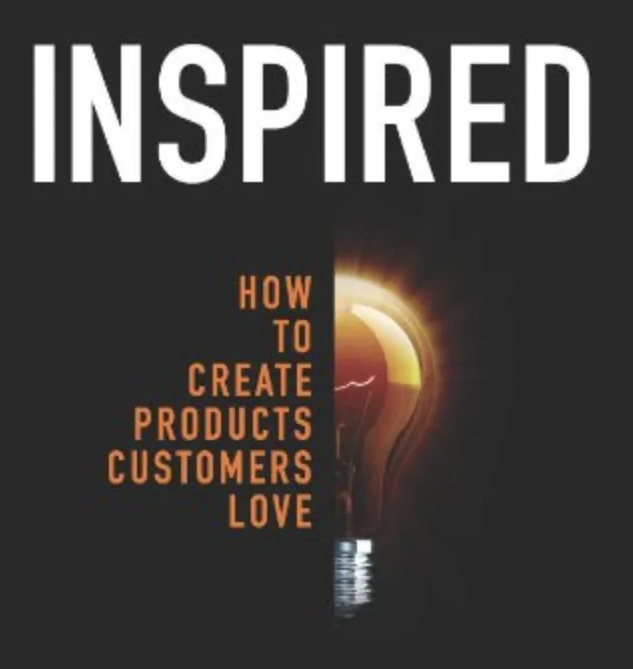
The core idea in the book is to become better at user empathy, experimentation, and learning — not just prioritization frameworks and Gantt charts.
“Inspired” reminds you that it’s easy to lose focus while working for groomings, backlogs, and deadlines. However, you need to understand user needs, validate them before taking to sprint, and work closely with empowered designers and engineers from the start.
In my opinion the “empowered” part is one of the most important parts in the book. To become a better product manager, you need to create an empowered team which creates solutions that actually work. Only handing off specs will not create your dream product.
After reading “Inspired,” I added the engineering and design team to our customer ideation sessions and workshops. These sessions helped us point out problems earlier and intervene before they became a bigger problem later on.
There was one standout outcome: a feature we almost prioritized was scrapped entirely after user workshops revealed the real problem lay elsewhere — saving the team weeks of effort and focusing us on what actually mattered.
In short, the core idea of “Inspired” is that PMs should lead by understanding problems deeply and empowering their teams to explore multiple solutions before choosing what to build. It’s not just about delivering fast — it’s about delivering the right things.
In “Atomic Habits,” James Clear argues that small habits, repeated consistently, lead to remarkable results. A single defining effort can’t create success but if you repeat it regularly you can get the outcome you desired over time.
For product managers, this concept is especially powerful. Your role isn’t finished when you make one perfect decision — product management is a continuous process that requires you to think, prioritize, communicate, and lead every day. Becoming a better PM requires iteration, feedback, and sustainable systems.
A week for product managers goes like daily standups, roadmap plannings, stakeholder alignments, grooming, and retrospectives. The quality of your work is a reflection of the habits you build. If you’re thinking strategically and seeking early feedback to make better decisions, trust that your habits are working in the right direction.
“Atomic Habits” teaches you to design systems that boost your best behaviors rather than relying on self-control or self-discipline. It also helps you understand how you can create such an environment where personal and professional growth becomes inevitable.
The book wants you to try to become one percent better every day. As a product manager you can apply this to every task of your daily life as a communicator, decision-maker, and strategist, creating competitive advantage for your product:
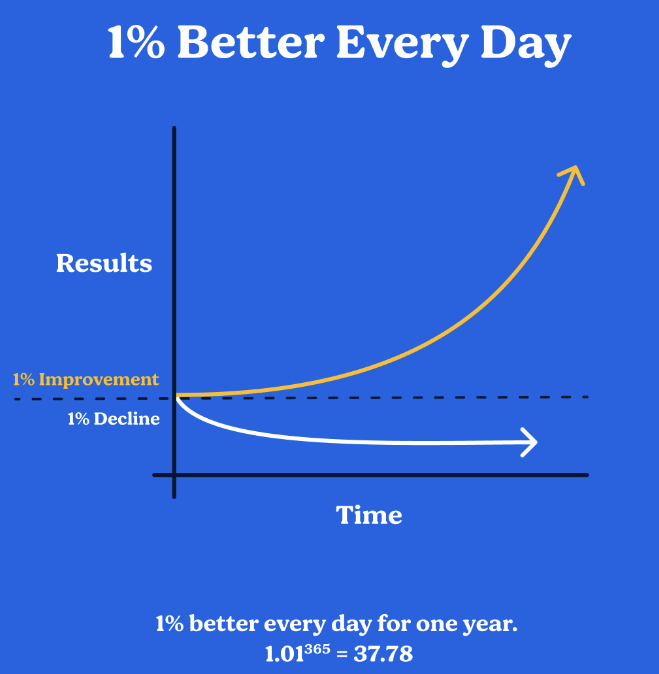
This mindset shift is critical in the high-pressure world of product management. With the habit building mindset you’ll start boosting capabilities such as daily planning to avoid chaos, regular feedback loops to learn faster, and micro-routines that make you a sharper thinker and collaborator instead of reacting to every Slack ping or shifting priority. Day by day, you’ll see the impact of these small efforts turn into an outsized impact.
For myself, I created an excel sheet to keep my 1on1 notes. I started to add daily notes for everyone, including my team, cross teams, and managers. I reviewed them before and after every meeting.
After a couple of weeks, my feedback, 1on1 sessions and collaboration with others got better and better every day. I even had a chance to track our progression by checking my notes weekly. My confidence when giving feedback got better along with my relations.
“Atomic Habits” is a powerful reminder that your systems shape your success — and with the right ones, improvement becomes inevitable. Start small, but stay consistent. You’ll see the difference.
“Thinking, Fast and Slow” by Daniel Kahneman explains how your daily reactions work and replies to simple questions with an easy method he calls System 1 (fast, intuitive) and System 2 (slow, deliberate).
It’s an outstandingly simple explanation of how your brain works:
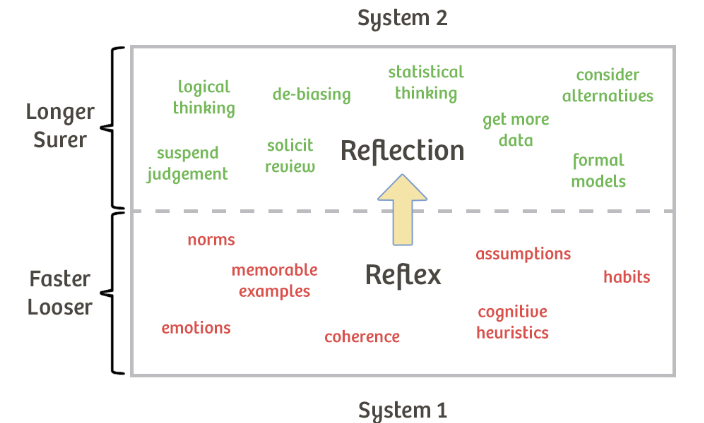
The book explains how you can change your thinking style from System 1 (automatic operations) to System 2 (controlled operations). Each book I’ve mentioned so far talks about the need for thinking and building new habits, but this last lesson is essential for not just giving controlled answers and memorized replies.
You can think of System 1 thinking as similar to user behaviors — customers won’t think or analyze the button you added into the product. They act based on instincts, patterns, and cognitive shortcuts.
At the same time, you need to manage your own judgments. Kahneman’s work reminds you to “pause, question our instincts,” and think while gathering data, running meetings, and defining your products’ success metrics.
By becoming aware of these mental shortcuts and cognitive traps, you can be more reasonable even under uncertainty and stressful times. It’s a powerful mental model for both product and personal leadership.
To become a better product manager, you don’t need more methods; you need a better mindset, relationships, systems, and clarity. As a final takeaway, the following list helps summarize the knowledge each book shares:
Together, they help you operate with clarity, collaborate with empathy, execute with confidence, and grow with intention.
Featured image source: IconScout

LogRocket identifies friction points in the user experience so you can make informed decisions about product and design changes that must happen to hit your goals.
With LogRocket, you can understand the scope of the issues affecting your product and prioritize the changes that need to be made. LogRocket simplifies workflows by allowing Engineering, Product, UX, and Design teams to work from the same data as you, eliminating any confusion about what needs to be done.
Get your teams on the same page — try LogRocket today.

Most teams fail at autonomy. Learn how clear rules help product teams move faster without micromanagement.
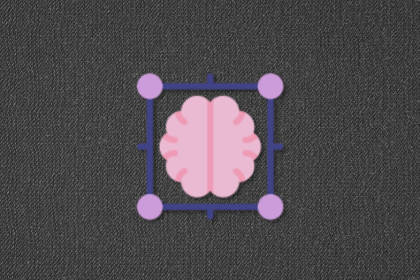
A practical framework for PMs to use AI in ideation without sacrificing judgment, strategy, or decision quality.

A practical five minute revenue estimation method to help product managers compare ideas, drop low impact features, and prioritize smarter.

A practical guide for PMs who want to stop being bottlenecks, delegate smarter, and lead teams effectively with a clear ownership framework.